Publications
This page gives you an overview of book publications by Prof. Dr. em. Engelbert Groß.
Engelbert Groß: Oasen der verwüsteten Kinder - "Drama"-Theologie exemplarisch. Text und didaktische Hinführung. Berlin 2016.
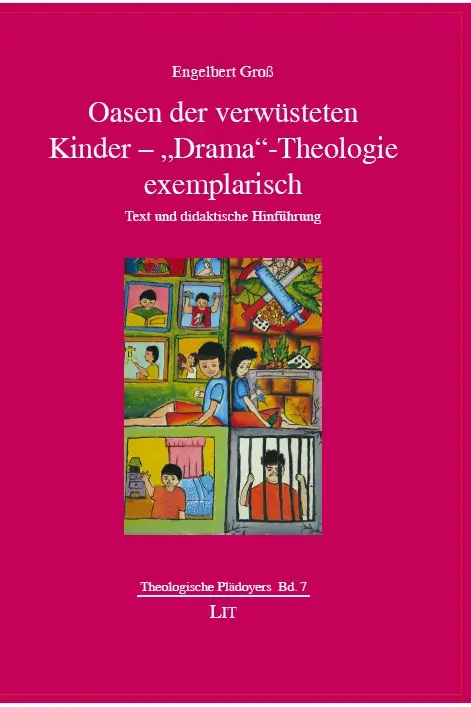
The fair trade movement on the Philippines has saved the indigenous Aeta from collective impoverishment. Children and teenagers were given a perspective in life, they no longer flee to the cities, into crime or prostitution. The drama “Oasen der verwüsteten Kinder” (‘Oases of devastated children’, available in German) finds a clear wording to address this reality and describes the issue in a startling manner: for spirituality and education, for policy and theology.
Benigno Beltran SVD, Engelbert Groß: Unverschämte Lieder. Dritte Welt will Wahrheit. Berlin 2013.
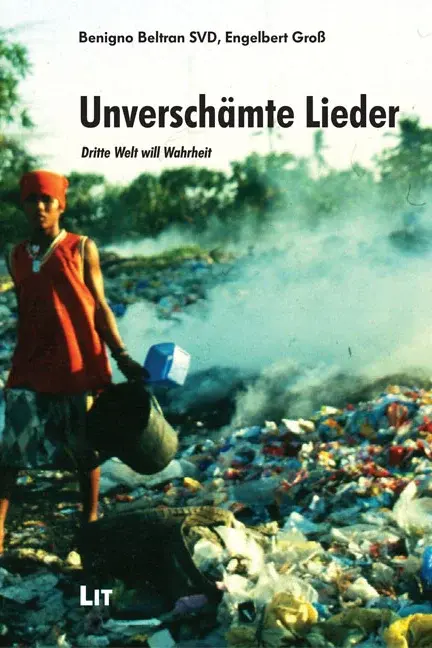
Benigno Beltran SVD, who has worked as a pastor in the area of the “Smokey Mountain” in Manila/Philippines for decades, knows the reality of children and teenagers who have to live and work in a garbage dump. He has given them a voice which expresses their pain and longing in the form of songs.
In them, you can hear the young peoples’ silent cries from a cruel world. These songs are impertinent.
Many will feel they are shameless or even outrageous. But they speak the truth. The Third World demands to be heard; its situation must not be whitewashed. The voices of children and teenagers living in the slums and on garbage dumps all over the world travel to our First World when they sing their Good Friday: Can you develop “some Easter feelings” for us?
Engelbert Groß: Müllbergkinder malen die Welt. Spirituelle und politische Lerngeschichten. Münster 2013.
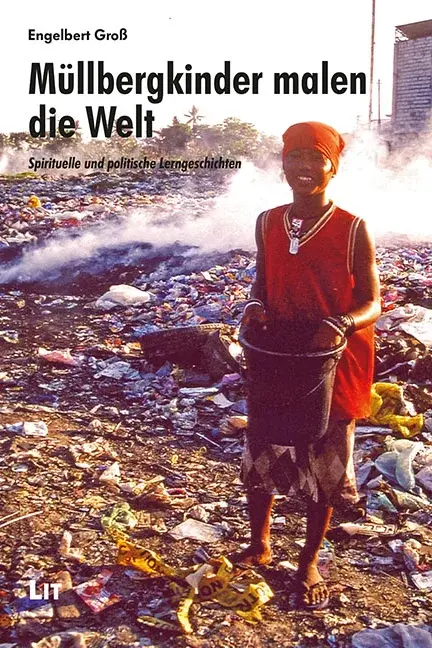
Garbage dump children are not dumb. They have a great deal of experience. Drawing on this experience, they have painted pictures. With materials they found in the garbage. These pictures open our eyes by addressing current issues and painting a detailed picture of our world. The children create works of art against blindness! They give us eyes to see.
Benigno Beltran SVD, Engelbert Groß, Steven Heelein: Die Lieder der Müllbergkinder. Textbook. Berlin 2013.
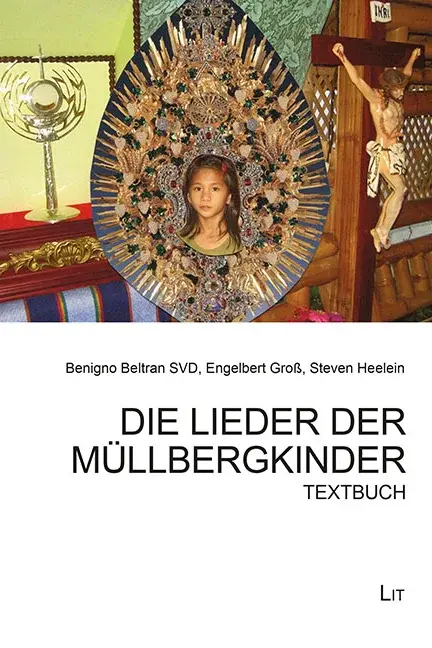
We get to know them: Children and teenagers who have to live on landfills and piles of garbage. They live in a world which Prof. Dr. Jean Ziegler, UN Special Rapporteur for the right to food, describes as follows: “Filthy housing, rats, despair and dirt make life unbearable for millions of mothers in the Smokey Mountains of Manila, in the calampas of Lima, the slums of Dacca or the favelas of Rio de Janeiro.” The garbage dump children of Manila shout out their songs against this shame that we have brought on ourselves in our fairly well-off world. They are representatives for all their fellow sufferers in Lima, Dacca, Rio and elsewhere. They are longing for the New Earth with the New Heavens. Together with those children and teenagers, we may learn to develop such a New Earth with New Heavens. Now that we know them – through their songs.
Engelbert Groß: Hört uns schreien! Schaut, wir hoffen! Provozierende Kinderbotschaften aus Dritten Welten. Münster 2010.
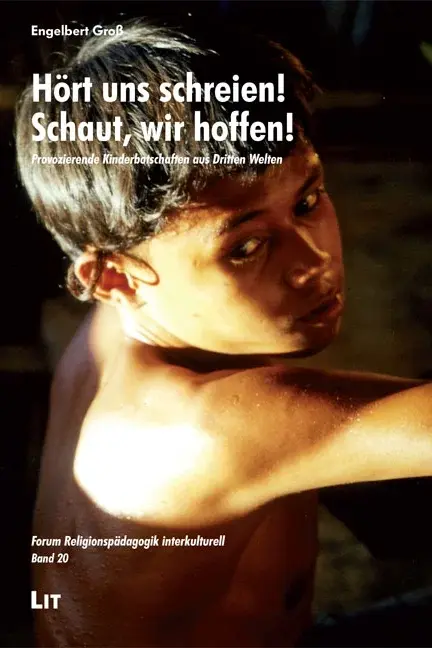
This work, which has emerged from the Eichstätt project “Eine-Welt-Religionspädagogik”, collates participatory observation from many years spent in the Third World regions to form an illustrated BILD-CON-TEXT volume showing the harsh reality and sober research results in a tender light: communicative, informing, critical, meditative, poetic at times, always colorful. Reflections on an academic level are expressed with empathy and compassion.
They endeavor to globalize respect for human dignity and children’s rights, compassion for those who suffer, solidarity and commitment. They endeavor to develop an intercultural, interreligious and world-church approach to social and religious learning.
Engelbert Groß: Religion und Gerechtigkeit. Dialogisches religiöses Lernen mit Jugendlichen in Dritten Welten. Münster 2008.
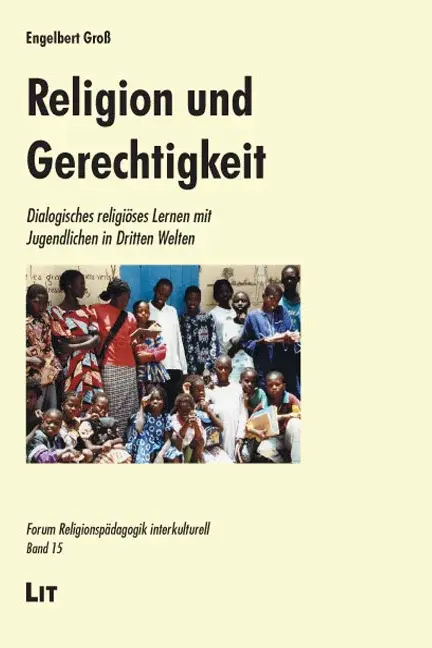
The far, the other, the unfamiliar is ever-present in our world with its new globalization – in particular, the far-away person, the other one, the stranger is. This is true for policy, for economics, for our civil society and especially for religion. This depressing realization manifests itself in projects of religious learning which sensitively perceive this phenomenon: The far-away person, the other one, the stranger remains silent – because no room is offered for being heard. Young people perceive this neo-colonialist deficit as existential crisis and caustic provocation. This book describes and interprets dialog projects which aimed at giving teenagers in the West African country Senegal room for their voices to be heard.
Religion als Wahrnehmung. Konzepte und Praxis in unterschiedlichen Kulturen und Kirchen, hrsg. v. Engelbert Groß. Münster 2006.
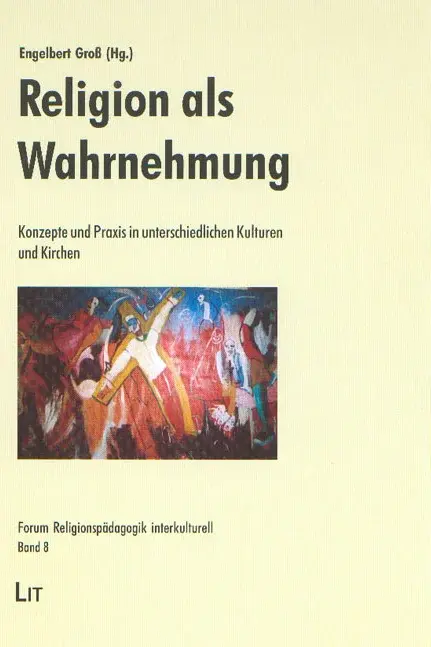
Religion can also be interpreted as a specific mode for perceiving reality: a religious person has a different perception of the same reality than a non-religious individual. Does this also apply to confessional manifestations within a religion? Do different Christian denominations – Anglican, Catholic, Orthodox, Pentecostal, Protestant – perceive reality in different ways? In what way can an ecumenical approach to this question deepen the respective self-concept? What consequences do we have to bear in mind for religious education and its conceptualization?
Schmerz und Sehnsucht von Kindern und Jugendlichen. Interkulturelles religiöses Lernen in Kirche und Schule, hrsg. v. Engelbert Groß. Münster 2003.
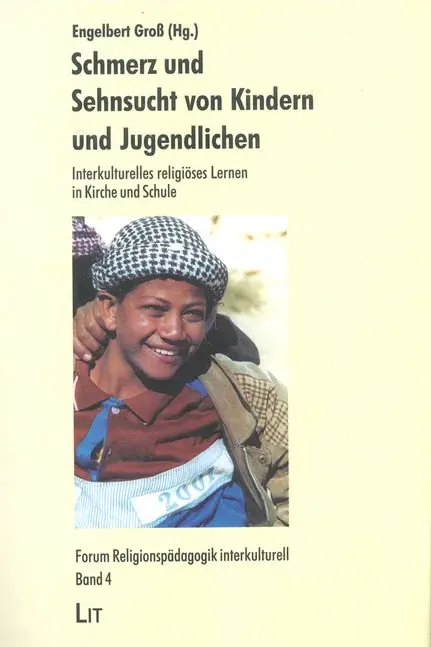
Intercultural learning, challenged by the new globalization, is subject to a domination of the North over the South and East. This danger is also evident in practical intercultural learning of the world church. This is why the authors of this book have been working on giving children and teenagers of the Second and Third World the possibility to cast their vote when it comes to religious education. In two scenarios, children and teenagers from South and East can express what moves and affects them in an existential context. In one scenario, people who work and speak with those children and teenagers give authentic reports. In the other scenario, children and teenagers themselves were able to describe what lies in the pain and longing of their existence by way of a particular method of dialog (Dialogbogen). These two scenarios represent the work for a realistic religious educational basis for intercultural learning in the world church. This volume gives an insight into fascinating and depressing documents written by children and teenagers and provides perspectives for conceptualization and practice of an intercultural religious learning. These documents provide guidelines which can help to uncover and prevent exotic shallowness, cultural superficiality, educational naivety and methodical harmlessness in processes of intercultural learning.
Engelbert Groß: Religiöse Erziehung in Zukunft. Religionspädagogik im Europäischen Haus. Münster 2003.
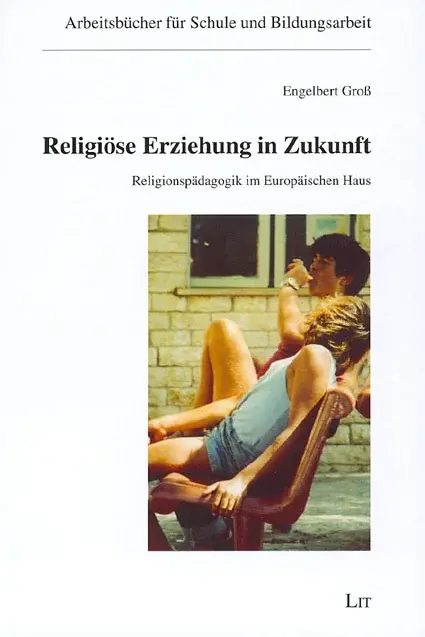
Europe builds up. Europe re-erects. Europe unfolds. It forms at a time which is referred to as Second Modernity. Within this development of a Second Modernity in Europe, religious education is confronted with entirely new questions and issues. Different principles, traditions, practices and ideas of religious education exist in the individual rooms of the European House. Religious education in families, kindergarten, at school and within society needs to develop an awareness for this new situation. It requires sensitivity for the new questions and problems, information and perspectives, so that the European House is a place for coming together: in a constructive way for all parties involved.
Engelbert Groß: Religiöses Lernen: die Eine-Welt-Mission der Kirchen. Münster 1998.
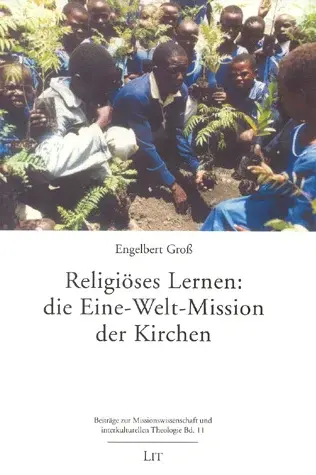
The One-World Mission of the churches is currently experiencing turbulences, faces problems and inconveniences, cannot count its difficulties, is nervous and insecure. Theologists speak against it and have raised the question “Christ alone?” to argue for a pluralistic religious theology. Ethnologists aggressively paint a clearly negative picture of the “Good News” in the so-called mission countries and label evangelization as culturally damaging. Development theorists and programmaticists complain about “development ruins” and dead ends scattered all over the world. Policy advisers predict a “war of cultures” and that Christianity was substantially inculturated. Ironically, just in the face of this problems, Christian faith and the church is faced with tremendous challenges by individualization and globalization which adds entirely new wounds and ailing of mankind to the existing ones and bring unknown hopelessness and unredeemed existence. They demand and dare a corresponding new religious learning, which this book is working on under the motto “experience world church – learn from each other – make our earth a livable place”.